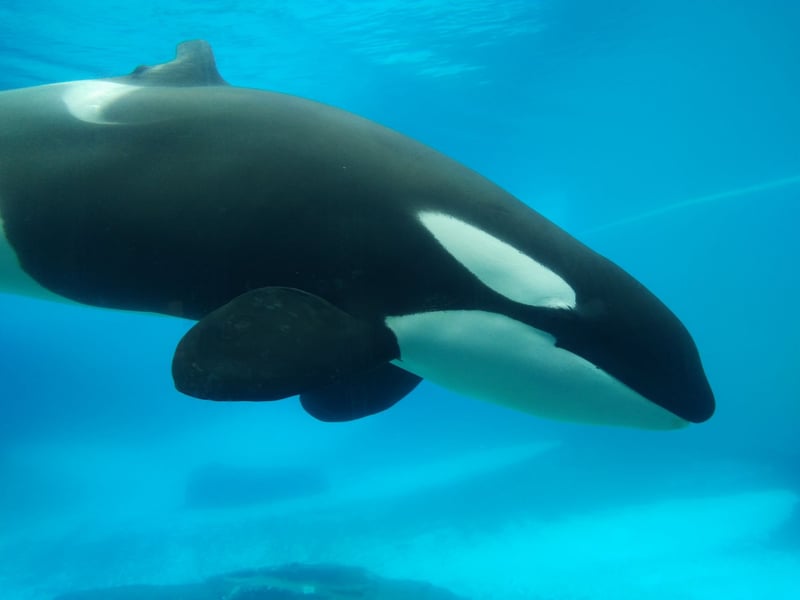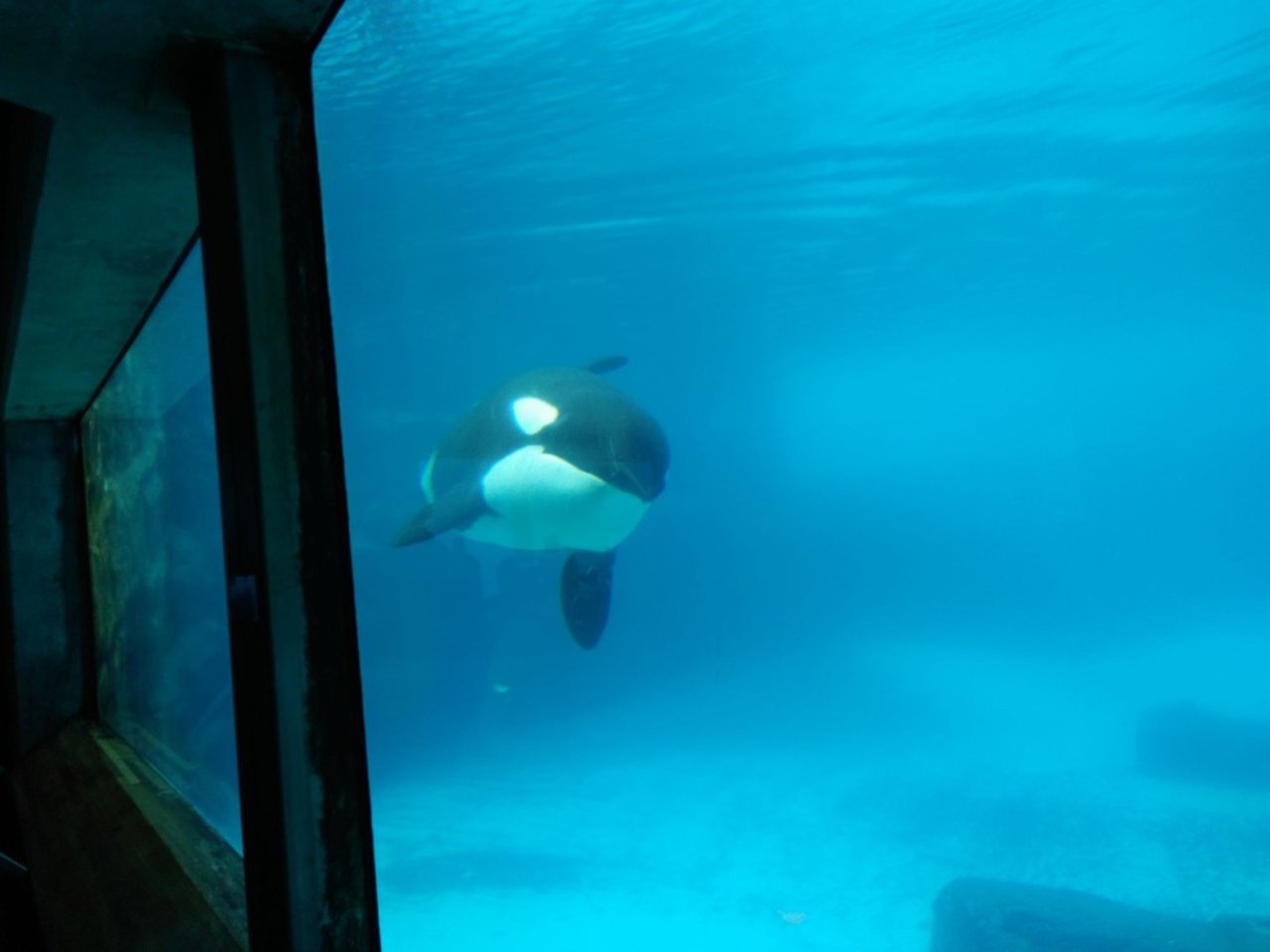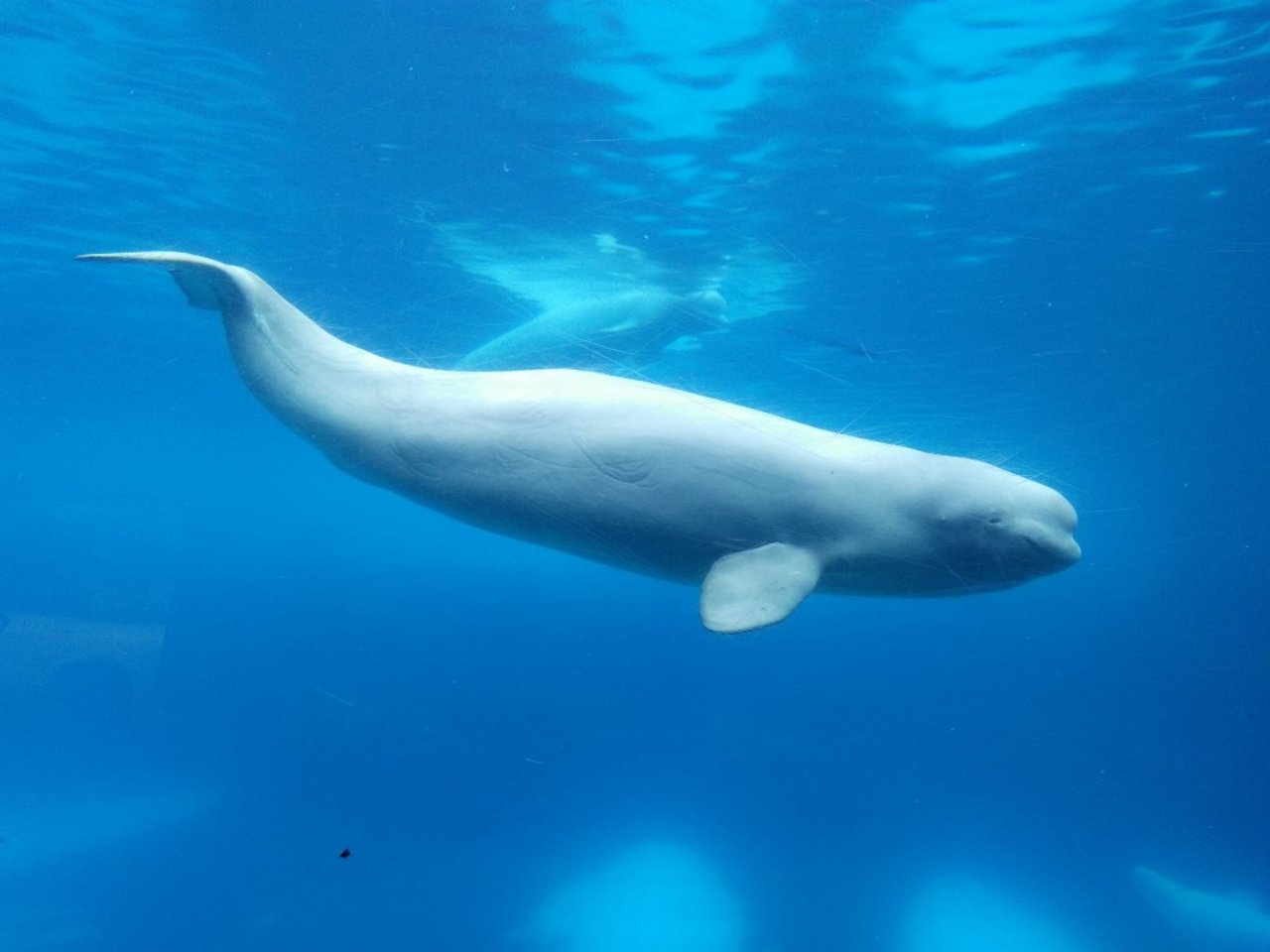
On 10th June 2019, Bill S-203, a Bill to end further breeding, capture, import or export of whales and dolphins in Canada was passed in the House of Commons in Canada.
On 10th June 2019, after three and a half years, Bill S-203, a Bill to end further breeding, capture, import or export of whales and dolphins in Canada was passed in the House of Commons in Canada. Former Senator, Mr Wilfred Moore of Nova Scotia, who in 2015 as a senator introduced the measure, known as the Ending the Captivity of Whales and Dolphins Act, said in a statement from Humane Society International that, "We have a moral obligation to phase out the capture and retention of animals for profit and entertainment. Canadians are calling upon us to do better – and we have listened.” Canada's Senate passed the measure last year, and the House of Commons vote now leaves the legislation to go through a process known as royal assent before it can become law. The law may mean the eventual phasing out of the display of cetaceans, including dolphins, belugas and a single Killer Whale named Kiska held at Marineland Niagara. The current legislation has taken three and a half years of campaigning to come to fruition and World Animal Protection has been part of a coalition of 20 leading marine scientists and stakeholder organizations that have endorsed the passage of Bill S-203.
Bill S-203 phases out the captivity of cetaceans
Bill S-203 phases out the captivity of cetaceans (i.e. whales, dolphins, and porpoises) in Canada, except for rescues, rehabilitation, licensed scientific research, or cetaceans’ best interests. Leading marine scientists agree that whales and dolphins suffer great psychological and physical harms in captivity, including isolation, chronic health problems, abnormal behaviour, high infant mortality, and extreme boredom. Currently, only two facilities in the country house cetaceans – the Vancouver Aquarium, and Marineland in Niagara Falls. Now, these facilities will no longer be able to breed or import any new cetaceans into their facilities.
In India too, vigorous campaigning by activists closed down the only facility holding captive Bottlenose Dolphins in Dolphin City in Chennai in 1998. Further in 2013, in a circular dated 17 May, the Ministry of Environment and Forests declared that dolphins possess qualities that qualify them as ‘non human persons’ and among other things, this entails that the Ministry of Environment and Forests, Government of India to have decided not to allow establishment of dolphinariums in the country. The state governments were advised to reject any such proposal for dolphinariums to any person/ persons, organizations, government agencies, private or public enterprises that involves import, the capture of cetacean species to establish for commercial entertainment, private or public exhibition and interaction purposes whatsoever.
In view of the recent development of captive cetaceans in Canada, the observations made by the author during a visit to Marineland Niagara on 15th July 2017 still hold valid : “These are some observations made during a personal visit to Marineland Niagara in Canada on 15 July 2017 in the company of Robert Laidlaw, director, Zoocheck Canada. To begin with, the owner of Marineland Niagara, John Holer, is extremely averse to animal rights activists protesting in front of his property, so he has laid fences to keep out protesters. Staff members are always on guard to seek any whiff of animal rights conversations within the premises of the park.
Marineland Niagara
Spread over more than 1000 acres, Marineland is clearly an institution that has entertainment at the heart of their existence, with conservation and animal welfare clearly not being priorities and the place has repeatedly run into rough water with animal rights and welfare groups as well as government authorities, who have persistently accused it of promoting cruelty to animals. Marineland Niagara is well known for their collection of Beluga Whales, a species represented by 44 individuals on display when we visited the park in 2017. These animals are kept in tanks without any environmental enrichment and have mostly been obtained from the wild in Russia. There have been records of births at Marineland, although the very nature of the facility indicates that they have been involved in trade in cetaceans. Marineland is also infamous for being an institution that holds a lone Orca, named Kiska who has lived in captivity at the facility since 1979. Kiska’s welfare has repeatedly been a cause of concern because of her inadequate holding conditions. Incidentally, Marineland was once host to Keiko, the killer whale, who was the central character in the film, ‘Free Willy’. Currently, Marineland has lost its accreditation with the Canadian Association of Zoos and Aquariums and their existence is seemingly more tenuous than ever. They have also been involved in a legal row with the OSPCA(Ontario Society for the Prevention of Cruelty To Animals), whereby they are seeking damages for infliction of harm to their reputation. They have Bottlenose Dolphins on display, four of which were visible, who perform shows for the visitors, in the midst of trainers in an audience with music playing in the background. During the visit, it was noticed, apparently for the first time, that Marineland was delivering a conservation message with regards to dolphin behaviour in the wild.
Marineland also houses two Harbour Seals and four Walruses. There are several animals on display, including a large number of Fallow Deer, American Bison, Elk and around thirty Brown Bears. The bears are kept in an enclosure that is exceedingly dangerous for both humans and bears. There are no barriers in front of the bear enclosure and people are encouraged to feed them marshmallows and children were observed leaning on top of the bears themselves from a height on top of the pit. The very large number of bears kept together in one place, devoid of environmental enrichment, is also a recipe for bears fighting amongst each other and such fights have taken place, including fatal ones. None of the enclosures for cetaceans in Marineland Niagara match to any acceptable standards for holding them captive, there are strong chances that they are involved in breeding and selling cetaceans illegally in the black market and obtaining their animals from the wild from dubious sources and that they make their dolphins perform tricks that are stressful to them on account of their forced imposition on their lives in captivity. Marineland Niagara also does not show any inclination for changing their wrongful ways of dealing with cetaceans and have earned the wrath of noted environmentalist, David Suzuki, who has called for the facility to be shut down. Marineland Niagara represents the worst aspects of dolphinaria that can only be rectified by the closure.”
Given that progressive legislation in India and Canada have paved the way for the eventual abolition of holding cetaceans in captivity, it is both sobering and heartening to realise that creatures like Kiska may be among the last of their kind to suffer in captivity. Dolphins and cetaceans belong in open oceans and not in concrete tanks. Wildlife belongs in the wild.

